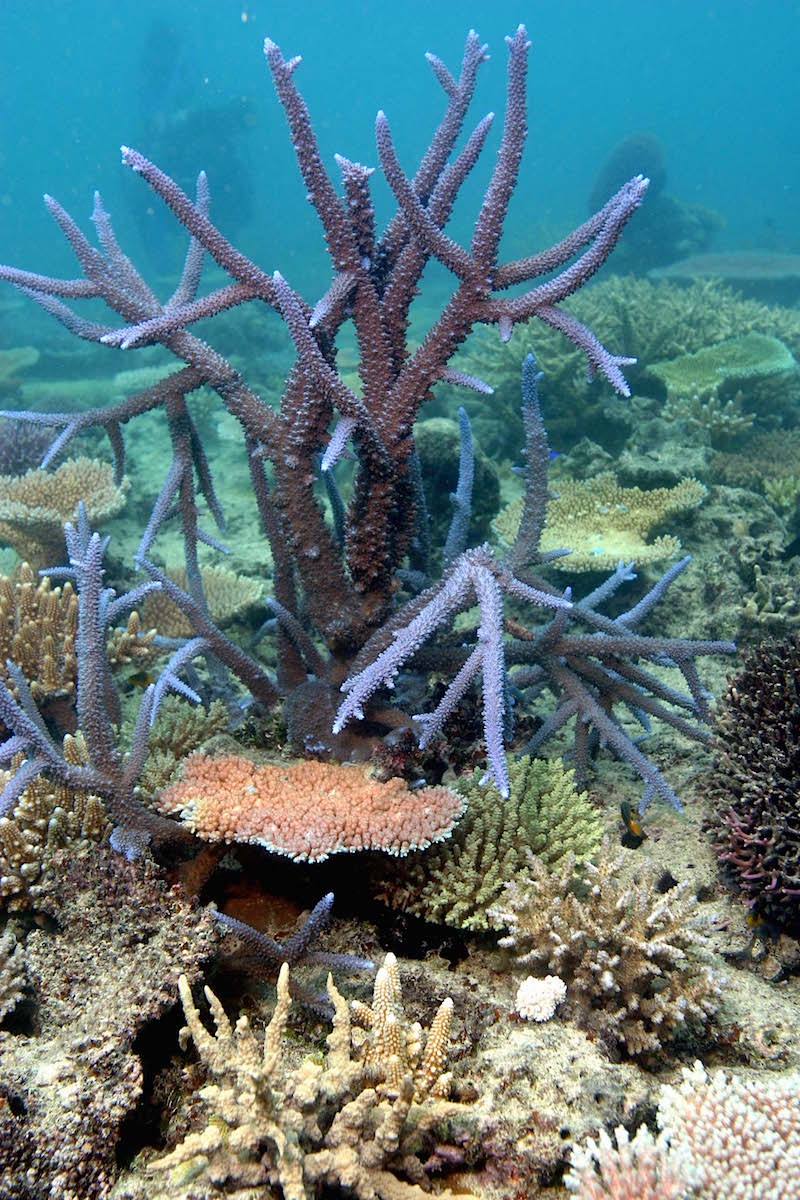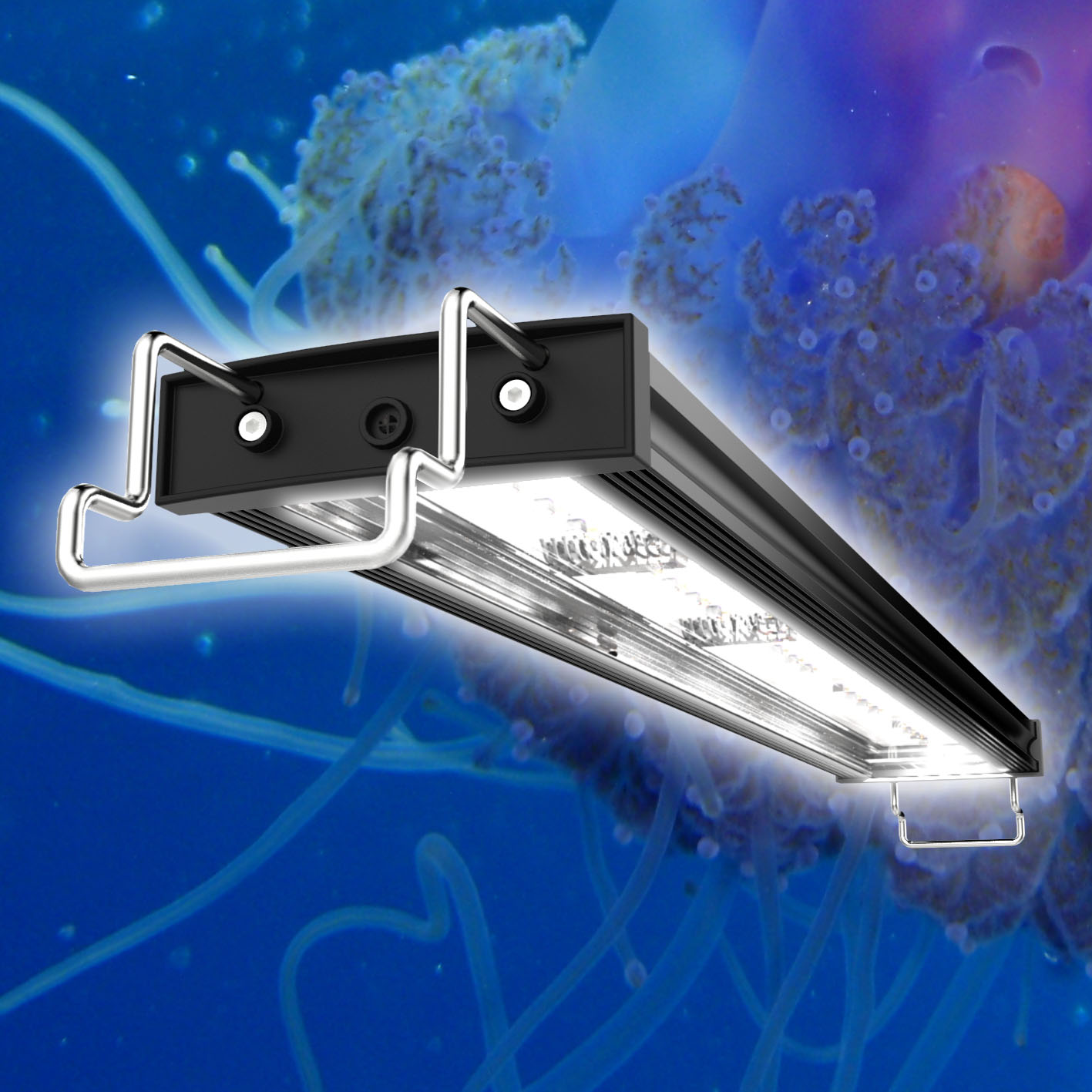There is a paper on coral growth at different light spectra (blue only, white only, mix) and basically as far as I remember corals grow in any light but were growing slightly better under full spectrum. The difference was quite negligible though so basically they grow anyway at similar rate, its just up to what you like, they will adapt.I think coral depth and environment play a large part. A shallow water acro that’s found in less than 5m of water is going to have different requirements than a coral found in 45m of water. However, we put shallow water acros in blue heavy tanks all of the time. I am not aware of and published papers showing different rates of growth.
I will try to find the link, hope I find it




















